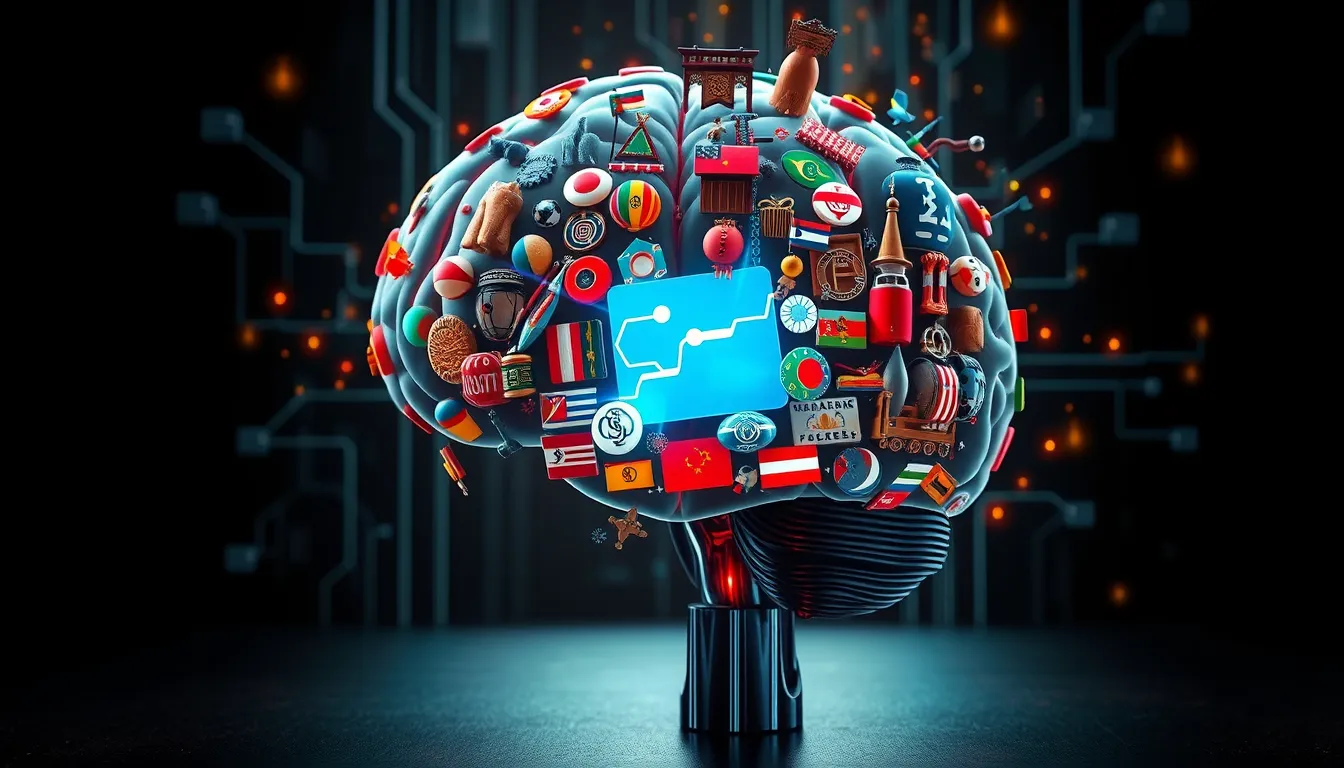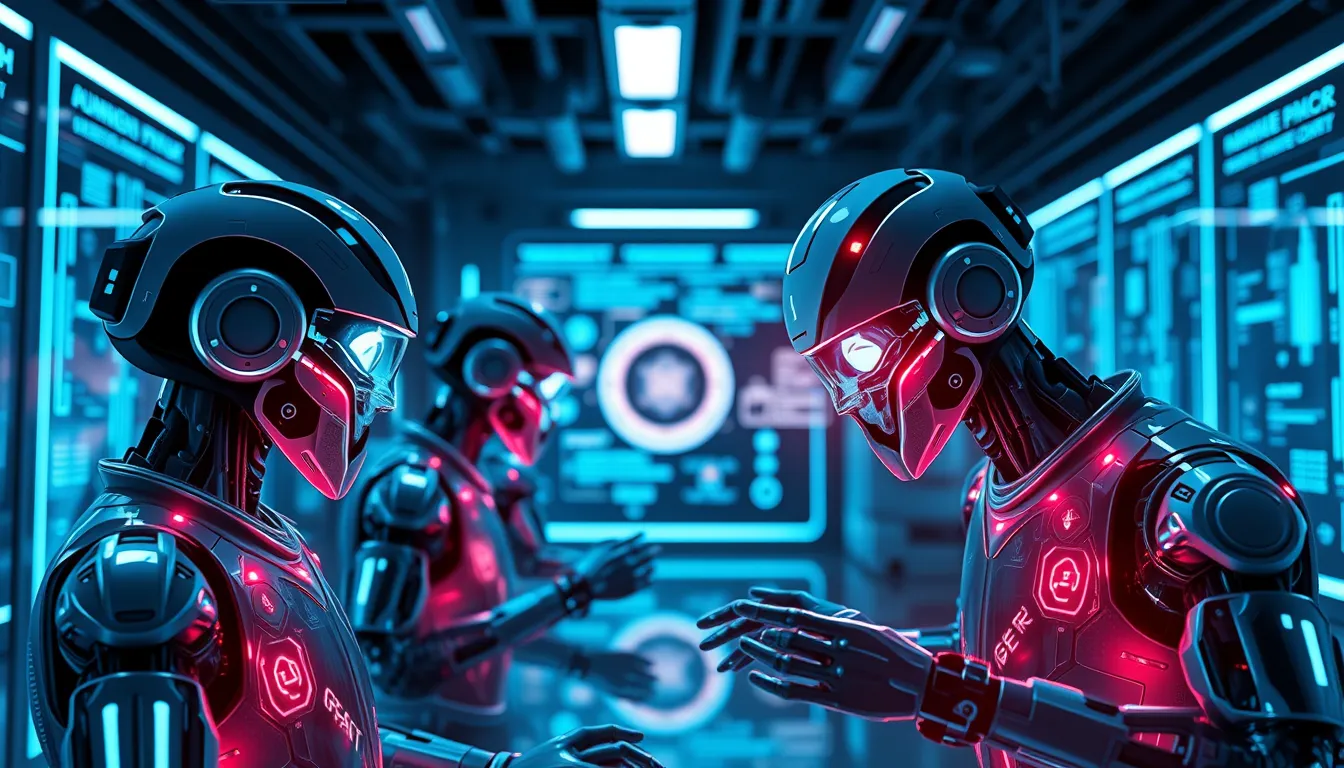Now Reading: AI Biases Uncovered: Tackling Historical & Cultural Stereotypes
-
01
AI Biases Uncovered: Tackling Historical & Cultural Stereotypes
AI Biases Uncovered: Tackling Historical & Cultural Stereotypes

AI Biases Uncovered: Tackling Historical & Cultural Stereotypes
Artificial intelligence biases have emerged as a critical issue in our technologically advanced society. As AI systems continue to evolve and expand into new areas such as language analysis and decision-making, concerns about artificial intelligence biases persist. This article explores how these biases, including cultural stereotypes in AI and historical data bias, impact society and what strategies can be implemented to mitigate inherited prejudices in AI.
Understanding Artificial Intelligence Biases
Artificial intelligence biases refer to the unintentional and often hidden prejudices that slip into machine learning systems as they are trained on vast amounts of historical data. The primary factor contributing to artificial intelligence biases is the reliance on data sets that reflect past societal norms and imbalances. This means that without proper oversight, AI systems may inadvertently reinforce historical stereotypes and previously dominant cultural narratives.
Researchers are particularly concerned with how AI language analysis can sometimes propagate these biases. When AI is used to interpret text or generate language, the unseen influence of historical data bias can lead to outputs that mirror outdated cultural stereotypes. As a result, it becomes vital to understand the root causes of these issues to prevent further digression into inherited prejudices in AI.
Exploring Historical Data Bias and Cultural Stereotypes in AI
One of the core challenges is the use of historical data in AI training. Many data sets include content from periods when societal norms were very different from those of today. This historical data bias is a significant contributor to the formation of artificial intelligence biases. Furthermore, cultural stereotypes in AI can surface when the training materials contain implicit or explicit prejudices that the AI system absorbs.
Key points include:
- Historical data bias: Many AI systems are trained on archives and texts created in eras with different, sometimes problematic, social norms.
- Cultural stereotypes in AI: The untranslated legacy of cultural stereotypes can lead AI to produce biased outputs that reinforce old prejudices.
- Impact on decision-making: The perpetuation of these biases can negatively affect sectors like hiring processes, legal judgments, and even healthcare, where AI language analysis and decision-making support are critical.
How AI Perpetuates Historical Stereotypes
The long-tail inquiry of how AI perpetuates historical stereotypes is increasingly relevant in today’s tech landscape. When AI systems process and learn from historical texts, news articles, and social media content, they can absorb inherent prejudices. For instance, an AI designed to analyze job applications might mistakenly favor language patterns tied to certain demographics, thereby reinforcing artificial intelligence biases. Understanding this process is essential for researchers and developers trying to build fairer AI systems.
Strategies to Address and Mitigate AI Inherited Prejudices
Addressing and mitigating artificial intelligence biases requires a multifaceted approach. Here are several strategies that can be employed:
- Data Diversification: Ensuring that training datasets are rich in diversity is essential to combat historical data bias. AI developers should include a wide range of perspectives to reduce cultural stereotypes in AI.
- Regular Audits: Conducting thorough audits of AI outputs can help in spotting inherited prejudices in AI systems early on. Institutions such as the AI Now Institute (https://ainowinstitute.org) advocate for regular reviews to guarantee fairness.
- Inclusive Training Practices: Utilizing mixed methodologies that involve experts in sociology, linguistics, and cultural studies can help in mitigating AI inherited prejudices. An interdisciplinary approach ensures that biases are identified and corrected at the design level.
- Transparent Methodologies: Open platforms like OpenAI are leading by example, promoting transparency in how AI models are trained and evaluated. This openness allows for wider scrutiny and improvement in AI language analysis.
- Policy Development: Collaborations with regulatory bodies can help establish guidelines to monitor and control artificial intelligence biases. Lawmakers and technologists need to work hand in hand to create a framework that both promotes innovation and safeguards against unintended consequences of AI.
The Future of Bias-Free AI
The future of AI depends on our ability to understand and mitigate its inherent biases. As technology advances, the responsibility lies with researchers, developers, and policymakers to address how AI perpetuates historical stereotypes and to take proactive steps to prevent artificial intelligence biases from harming societal progress. By embracing data diversification, implementing regular audits, and establishing transparent training practices, the tech community can pave the way for AI systems that are unbiased and culturally inclusive.
In conclusion, the challenges posed by artificial intelligence biases are as urgent as they are complex. By critically assessing historical data bias and cultural stereotypes in AI, stakeholders can work together to build systems that serve all communities equitably. A commitment to transparency, diversity, and interdisciplinary collaboration is key to ensuring that the next generation of AI does not inherit the prejudices of the past, but instead champions a future that is fair and innovatively progressive.

























